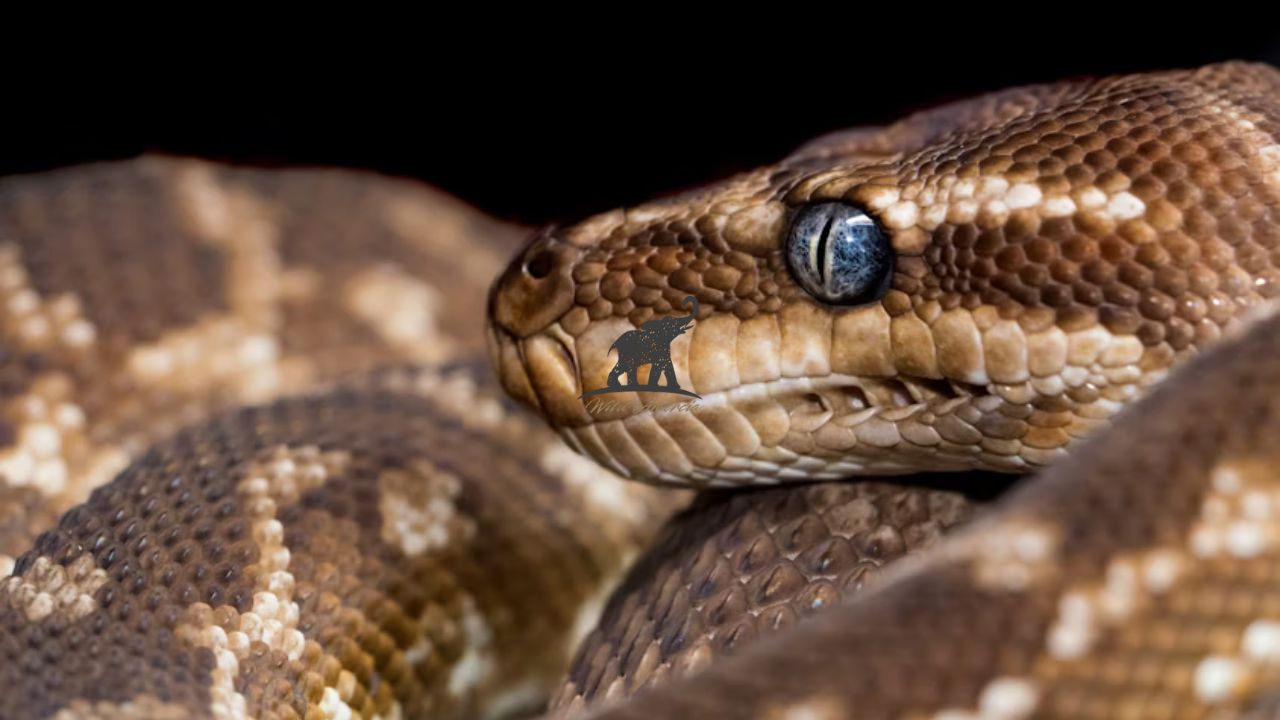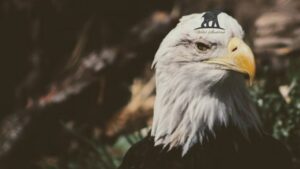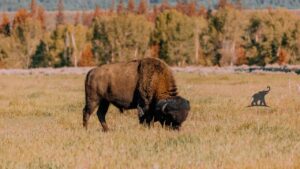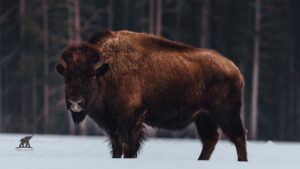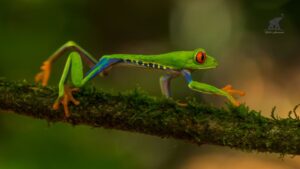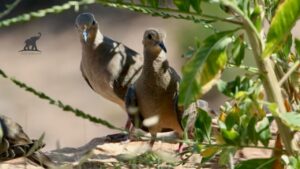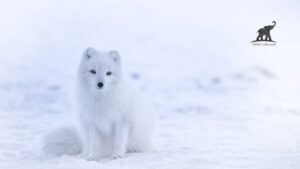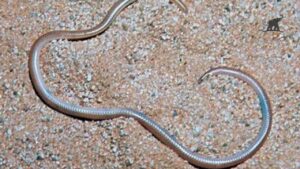NC Copperhead Snake is one of North Carolina’s most recognizable and misunderstood reptiles. It is well known for its attractive copper-toned scales and lethal bite. It is commonly inhabitant of backyards, suburban as well as woodlands. If you are wildlife enthusiast or simply have curiosity about the encounter of this snake; then this article is for you as here is each and everything you must need to know about the NC Copperhead Snake.
Some quick facts about NC Copperhead Snake
These are the some basic facts about NC copperhead Snake
| Feature | details |
| Scientific Name | Agkistrodon contortrix |
| Appearance | Copper-colored and dark band in hourglass-shape |
| Average Size | 2-3 feet |
| Habitat | Woodlands, marshes, rocky hills, suburban areas |
| Diet | Small birds, insects, lizards, rates, , frogs, |
| Behavior | Non-aggressive; but will bite if incited |
| Venom Level | Mildly venomous; seldom fatal to humans |
| Age (in the wild) | 15 to 18 years |
What Does the NC Copperhead Snake Look Like?
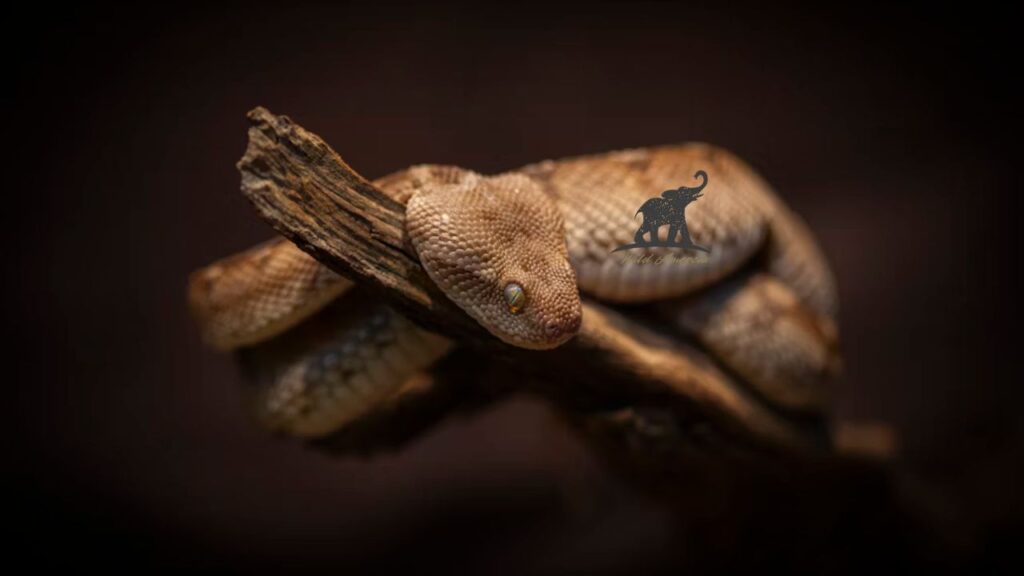
The NC Copperhead Snake is well known to hid itself, therefore it is known as a masterpiece of camouflage. Its scales have copper-color that has dark bands in the hourglass shape that blend flawlessly into leaves and forest floors. Undeniably, adult Copperhead snake usually grow up to 2 and 3 feet, whereas young snake has a significant yellow tip at the end of its tail that they use to lure prey.
Distinguishing Features:
- Triangular Head: NC Copperhead snake has broad and triangular head, just like the pit viper.
- Cat-like Eyes: NC Copperhead snake has slit-like vertical pupils.
- Body Shape: NC Copperhead snake has a stout body.
It is a common misunderstanding that all snakes with brown patterns are Copperheads. Copperheads are frequently mistaken for non-venomous species like the corn snake and water snake.
Where Do NC Copperhead Snakes Live?
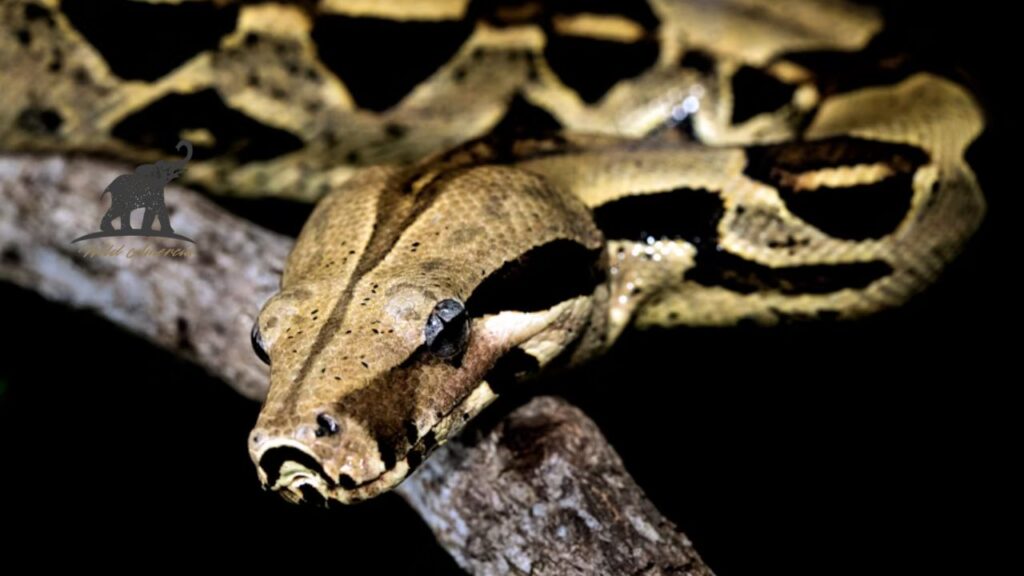
Natural Habitat:
NC Copperhead snakes are extremely adaptable. They are frequently found:
- Forests
- Rocky Slopes
- Wetlands
Suburban Encounters:
The major reason of daily encounters with NC Copperhead snakes in gardens, backyards and parks is urbanization. They like these habitats due to dense vegetation, because here they can easily prey on rodents.
The Diet of the NC Copperhead Snake
NC Copperhead snakes are carnivores. They rely on slyness and speed to hunt their prey. Their feed includes:
- Rodents (mice, rats)
- Small Birds
- Frogs and Lizards
- Large Bugs, including cicadas and grasshoppers
Remarkably, NC Copperhead snake use their venom to subdue prey before swallowing it whole. While this venom is designed to target animals smaller than humans, it’s a critical tool for their survival.
Are NC Copperhead Snakes Dangerous to Humans?
Although the word “venomous snake” may make you feel uneasy, Copperheads are not as dangerous as some people believe.
Key Facts About The venom of NC Copperhead snakes:
- Copperheads have mild venom ascompared to rattlesnakes.
- Bites are usually not fatal to humans; just cause severe pain, swelling.
- Copperheads are naturally shy and prefer to avoid confrontation.
First Aid for Bites:
- Stay Calm
- Keep the bitten area immobilized.
- Seek medical attention immediately.
FAQs About the NC Copperhead Snake
1. What should I do if I see a Copperhead Snake?
Do not try to handle or kill the snake; it is illegal to damage native wildlife.
2. How can I keep Copperheads away from my home?
By Removing the woodpiles, yard debris, and overgrown shrubs; you can keep NC Copper heads snakes away from your home.
3. Are Copperheads active at night?
Yes, Copperheads are nocturnal during the hot summer months.
4. How do young Copperheads differ from adults?
Yes young Copperheads snakes are differ from adult. As young snake has a yellow-tipped tail they use to lure prey.
5. How can I tell if a Copperhead bite is serious?
All bites should be treated seriously. Watch for symptoms like significant swelling, pain, or changes in skin color, and seek medical help.
Final Thoughts on the NC Copperhead Snake
Undeniably, NC Copperhead Snake is a fabulous yet misinterpreted reptile of North Carolina’s ecosystems. Though it’s venomous status may give few pause, but this snake shows a vibrant role in controlling rodent. Through understanding its role in the nature and via giving space, we can coexist calmly with these distinctive reptiles.
Admin Recommendation
Cottonmouth Snakes in North Carolina (NC): Key Facts
The Fascinating World of Arctic Fox Fur
Experience the Majesty of Elk and Bison Prairie, KY
Cottonmouth Snakes in North Carolina (NC): Key Facts
Bald Eagle Spiritual Meaning: A Guide to Symbolism and Significance
The Appealing Charm of Ragdoll Kittens
Where to Find Arctic Fox Fur in AC Valhalla
The Barbados Threadsnake: Unveiling the World’s Smallest Snake
American Eskimo Dog: A Comprehensive Guide to This Charming Breed
Discovering Acadia National Park Wildlife
Spotted Salamanders: Nature’s Hidden Gems
Baby American Crocodile: Fascinating Facts About The Next Generation
The Fascinating World of the Albino Wild Turkey
American Bulldog puppies: Full of life, loveable and loyal
Baffin Polar Bear: A Journey into the Arctic’s White Majesty

